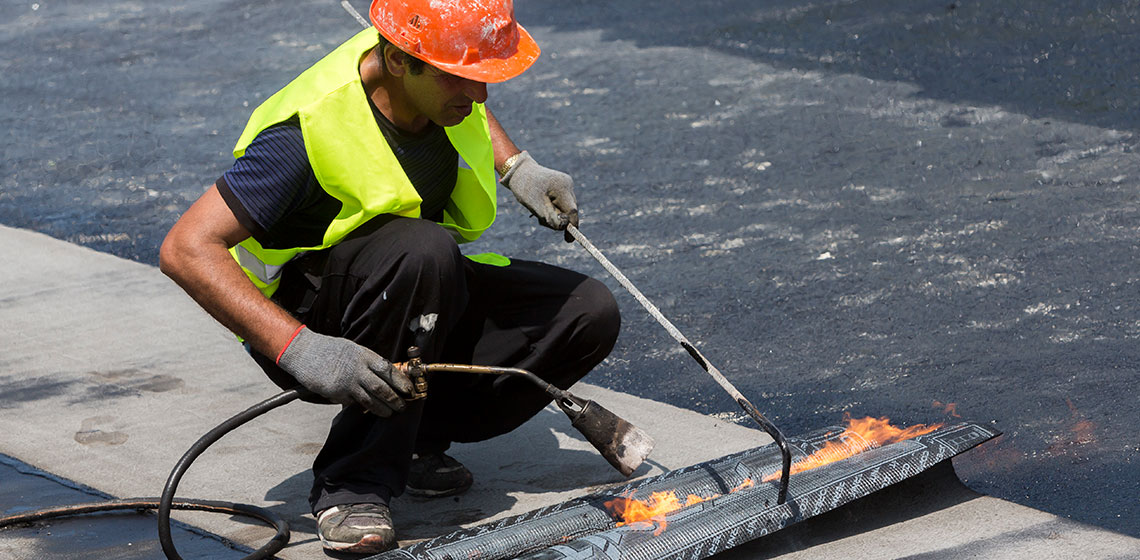
When you are embarking on a commercial roof installation project, you will need more than just technical expertise and skilled labor. Successful execution hinges on effective communication and collaboration among all stakeholders involved. From architects and contractors to suppliers and project managers, the synergy achieved through strong communication channels and collaborative efforts significantly impacts the quality, efficiency, and overall success of the roofing installation process. Not only does effective communication speed up the roof installation process but it also helps to reduce the chances of mistakes. This in turn ensures that the project is delivered on time and within the required budget. Let’s explore the pivotal role of communication and collaboration in commercial roof installation.
Clear Project Objectives and Expectations
At the heart of effective communication lies the establishment of clear project objectives and expectations. Before the installation even begins, all parties must be on the same page regarding the project scope, timeline, budget, and desired outcomes. This will ensure that everyone understands their roles and responsibilities, minimizing the chances of misunderstandings or surprises along the way. Clear communication at this stage sets the foundation for a smooth and organized roofing installation process.
Architects and Designers: Bridging Creativity and Practicality
Architects and designers play a vital role in commercial roof installation by envisioning creative designs that align with the building’s aesthetics and functionality. Collaborating closely with roofing contractors and engineers, architects ensure that their design concepts can be implemented in a feasible manner. Regular communication between these parties allows for adjustments that balance aesthetics with practical considerations, resulting in a roofing solution that’s both visually appealing and structurally sound.
Contractors and Subcontractors: Coordinated Execution
Effective communication among contractors and subcontractors is essential for coordinated execution. Roofing installation involves various tasks, such as structural assessment, waterproofing, insulation, and roofing material application. Timely communication ensures that each phase of the project is seamlessly integrated, preventing delays and errors. Regular updates and progress reports facilitate the identification of potential issues and allow for quick decision-making to keep the project on track.
Suppliers: Timely Material Delivery
Timely material delivery is crucial for uninterrupted roofing installation. Close collaboration between suppliers and contractors ensures that the required roofing materials, tools, and equipment are delivered on schedule. By maintaining open lines of communication, potential delays due to material shortages or logistical challenges can be addressed proactively, preventing costly disruptions to the installation process.
Project Managers: Orchestrating the Process
Project managers act as conductors, orchestrating the various components of the roofing installation process. Effective communication skills are essential for project managers to relay information between different stakeholders, facilitate decision-making, and ensure that the project stays on schedule and within the allocated budget. Regular meetings, progress reports, and open lines of communication with all parties involved are key to their success in this role.
Addressing Challenges and Changes
In the world of construction, challenges and changes are inevitable. Effective communication and collaboration enable the timely identification and resolution of these issues. Whether it is unexpected weather conditions, design modifications, or unforeseen structural concerns, a cohesive team that communicates openly can quickly adapt and find solutions to problems. This agility is crucial for keeping the project moving forward while maintaining quality and safety standards.
Quality Control and Safety Compliance
The importance of communication and collaboration becomes particularly evident in ensuring quality control and safety compliance during commercial roof installation. Proper installation techniques and safety protocols must be communicated and followed diligently. Regular communication between supervisors and workers, along with on-site training and discussions, helps maintain a safe work environment and prevents potential accidents or errors.
Feedback Loop and Continuous Improvement
Communication and collaboration don’t end when the roof is installed. Constructive feedback is essential for continuous improvement. After completion, all stakeholders should engage in a feedback loop to evaluate the project’s successes and areas for enhancement. This feedback can inform future projects, refining communication strategies and collaborative efforts for even better outcomes.
The success of a commercial roof installation project hinges on effective communication and collaboration among all stakeholders. From the initial project planning stages to the final installation and beyond, a cohesive and open approach ensures that everyone involved is working towards the same goal. By establishing clear objectives, bridging creativity with practicality, addressing challenges, and maintaining a feedback loop, construction professionals can elevate the quality, efficiency, and safety of commercial roofing installations. Remember, the roof over a commercial building is more than just a structure – it’s usually the result of effective teamwork and successful collaboration.

